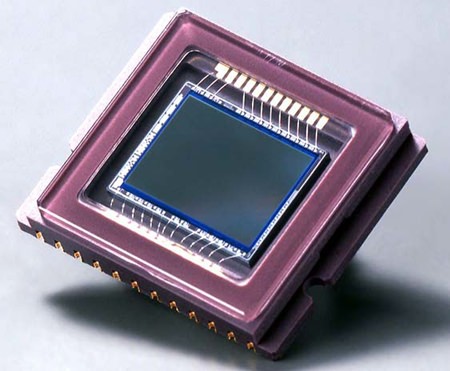It was the famous photographer Henri Cartier-Bresson who said, “Photography appears to be an easy activity; in fact, it is a varied and ambiguous process in which the only common denominator amongst its practitioners is their instrument.” The instrument he was referring to was, of course, the camera itself.
With the majority of cameras up till 1985 being 35 mm, have you ever stopped to wonder just why this became the most popular size? After all, photographers since the 1850’s have tried all sorts of sizes, from 10″x8″, to 5″x4″, 120 size – you name it, there have been cameras and film of all types and sizes and formats, and now CCD (Charge Coupled Devices) and digital imaging.

The answer to why the 35 mm size became the most favored lies in two areas. The first was the availability of film. Did you know that the first people to use the 35 mm film with perforated edges were not still photographers, but were the original movie makers? In the late 1890’s this film was introduced to be used in the burgeoning movie market – so there was good availability of film stock of this format.
However, the first still cameras to utilize this film did not come out till 1913 and there were quite a few brands on offer between 1913 and 1924, but none had really “caught on”.
The milestone in photographic history was the 35 mm camera produced by the German Leica company that came out in 1925. This had actually been based on a design of 1913 when the prototype was built by Oskar Barnack. Leica refined this and produced an immediate winner. The small size, precision and build quality of these cameras made them instantly popular, and began the reputation for highest quality that Leica still enjoys today.
In 1930, Leica improved on the original and coupled rangefinders, even faster shutter speeds and interchangeable lenses came on the scene.
The next company to join this new breed of cameras was Zeiss Ikon who produced the Contax in 1932, which by 1934 had a coupled rangefinder, a separate optical viewfinder and a range of slow shutter speeds as well.
As this “new” 35 mm format became more popular, the next milestone was the introduction of color slide film. Kodak began producing the Kodachrome film in 1935 for 16 mm movie work. This was the first multiple layer color film and in 1936 this was expanded into the 35 mm format. In fact, the early boxes of Kodachrome used to have printed on them “For use in Retina, Contax and Leica cameras.”
The next major step was the introduction of the Kodacolor process to produce color prints in 1942 and the future of 35 mm photography was apparently sealed.
However, in 1969 George Smith and Willard Boyle of Bell Laboratories developed the CCD (Charge Coupled Device) and demonstrated it on October 17, 1969. This CCD image sensor is the heart the digital camera development because it is the solid-state device that converts light into electric signals. This major breakthrough provided the technology to begin the digital photography revolution.
Today’s CCD image sensors often have 24 megapixels and above, but the first one in 1969 was only 100 x 100 pixels. Much research continued and by 1978 Bell Laboratories successfully created an image sensor with 500 x 500 pixel array.
However, the US government could see the use of digital imaging in spy satellites and government money and scientists helped advance the science of digital imaging.
In 1981, Sony released the Sony Mavica electronic still camera, but this was essentially a video camera that took still images and not a true digital camera. The first true working digital camera was built by the University of Calgary Canada ASI Science Team with their All-Sky camera designed to photograph auroras and used one of the 100 x 100 pixel Fairchild CCD image sensors.
In 1986, Kodak scientists invented the world’s first megapixel sensor, with 1.4 million pixels that could produce a 5×7 inch digital photo quality print, and it went on from there till the digital camera you have in your hands today. However, we should not forget Oskar Barnack and the early movie makers!




